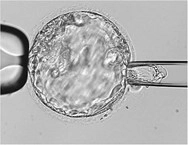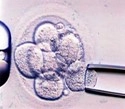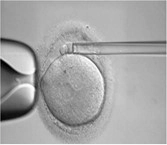
Pre-implantation Genetic Diagnosis (PGD)
For a long time, one or more cells (polar bodies, blastomere, trophectoderm) within the oocyte or human embryos can be taken by biopsy, and before the mother’s womb is placed in, it can be determined the gender of the baby, the chromosome structure and whether the gene defects are exist or not. Successful results with new techniques such as FISH, PCR (polymerase chain reaction), CGH, NGS are quite high today. To investigate that gene mutation in the embryo in the presence of a known gene disease (PGD-M), or known translocation in the mother or father, etc. in the presence of a structural chromosome disorder, such as the search for chromosomes (PGD-SR) or the search for embryos called anoploid with an abnormal chromosome number (PGD-A) and their non-transfer are the basis of PGD processes. While the first 2 methods are mandatory and necessary, scientific evidence for PGD-A in cases such as recurrent pregnancy losses, advanced maternal age is not sufficient. In addition, these techniques never carry the 100% well child claim. In fact, most experienced centers still recommend amniocentesis and chorionic villus biopsy, which are classic antenatal diagnostic methods, in pregnancies obtained after using these methods.



